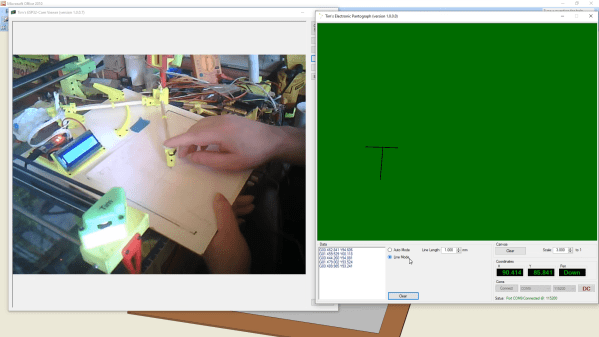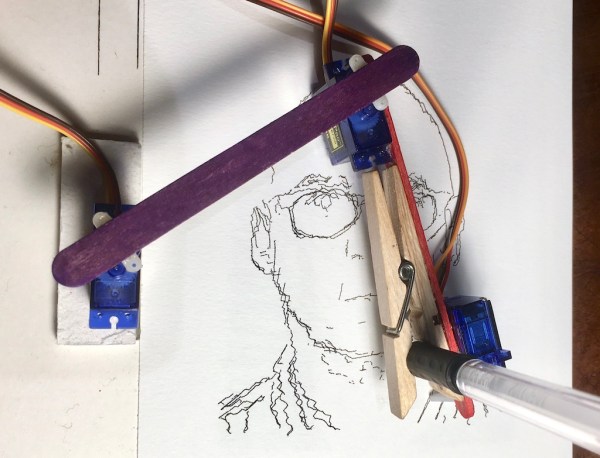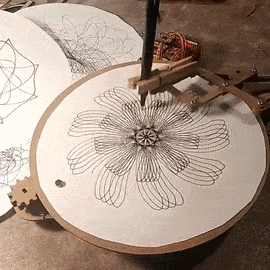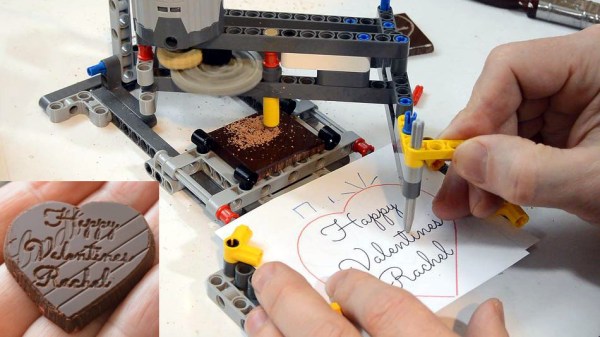Many EVs can charge 80% of their battery in a matter of minutes, but for some applications range anxiety and charge time are still a concern. One possible solution is an embedded electrical rail in the road like the [eRoadArlanda] that Sweden unveiled in 2016.
Overhead electrical wires like those used in trolleys have been around since the 1800s, and there have been some tests with inductive coils in the roadway, but the 2 km [eRoadArlanda] takes the concept of the slot car to the next level. The top of the rail is grounded while the live conductor is kept well underground beneath the two parallel slots. Power is only delivered when a vehicle passes over the rail with a retractable contactor, reducing danger for pedestrians, animals, and other vehicles.
One of the big advantages of this technology being in the road bed is that both passenger and commercial vehicles could use it unlike an overhead wire system that would require some seriously tall pantographs for your family car. Testing over several Swedish winters shows that the system can shed snow and ice as well as rain and other road debris.
Unfortunately, the project’s website has gone dark, and the project manager didn’t respond when we reached out for comment. If there are any readers in Sweden with an update, let us know in the comments!
We’ve covered both overhead wire and embedded inductive coil power systems here before if you’re interested in EV driving with (virtually) unlimited range.
Continue reading “What Happened To Sweden’s Slot Car EV Road?”







 The machine uses a rotating turntable to spin a piece of drawing paper. A pen is then placed in a pantograph mechanism, controlled by another two stepper motors. The build uses the common 28BYJ-48 motor, which are a unipolar, 5-wire design. A common hack is to open these motors up and cut a trace in order to convert them to bipolar operation, netting more torque at the expense of being more complex to drive. [InventorArtist] worked in collaboration with [Doug Commons], who had the idea of instead simply drilling a hole through the case of the motor to cut the trace. This saves opening the motor, and makes the conversion a snap.
The machine uses a rotating turntable to spin a piece of drawing paper. A pen is then placed in a pantograph mechanism, controlled by another two stepper motors. The build uses the common 28BYJ-48 motor, which are a unipolar, 5-wire design. A common hack is to open these motors up and cut a trace in order to convert them to bipolar operation, netting more torque at the expense of being more complex to drive. [InventorArtist] worked in collaboration with [Doug Commons], who had the idea of instead simply drilling a hole through the case of the motor to cut the trace. This saves opening the motor, and makes the conversion a snap.











